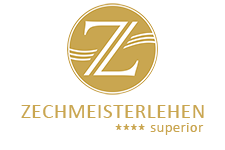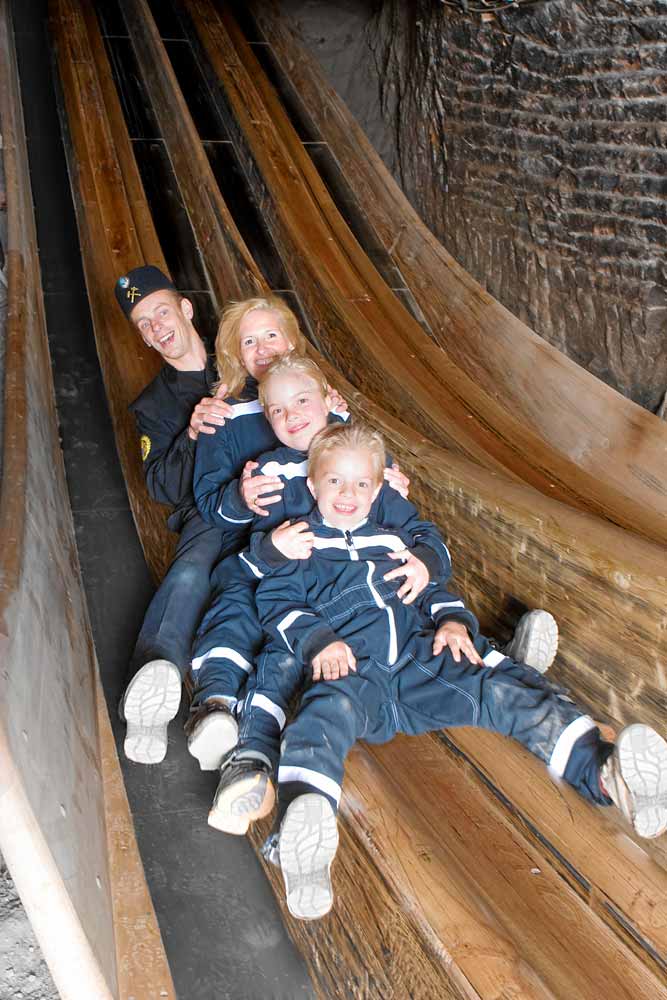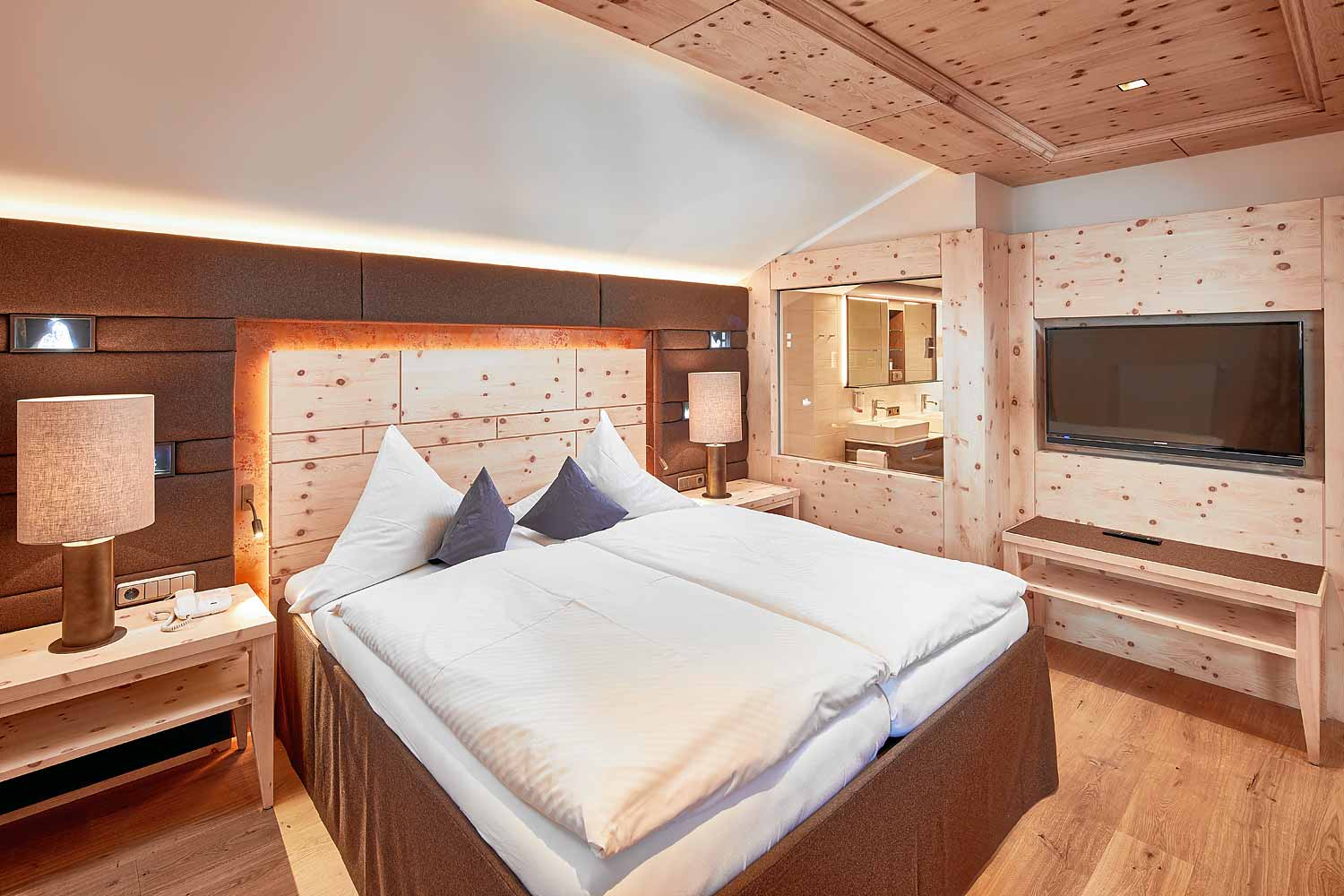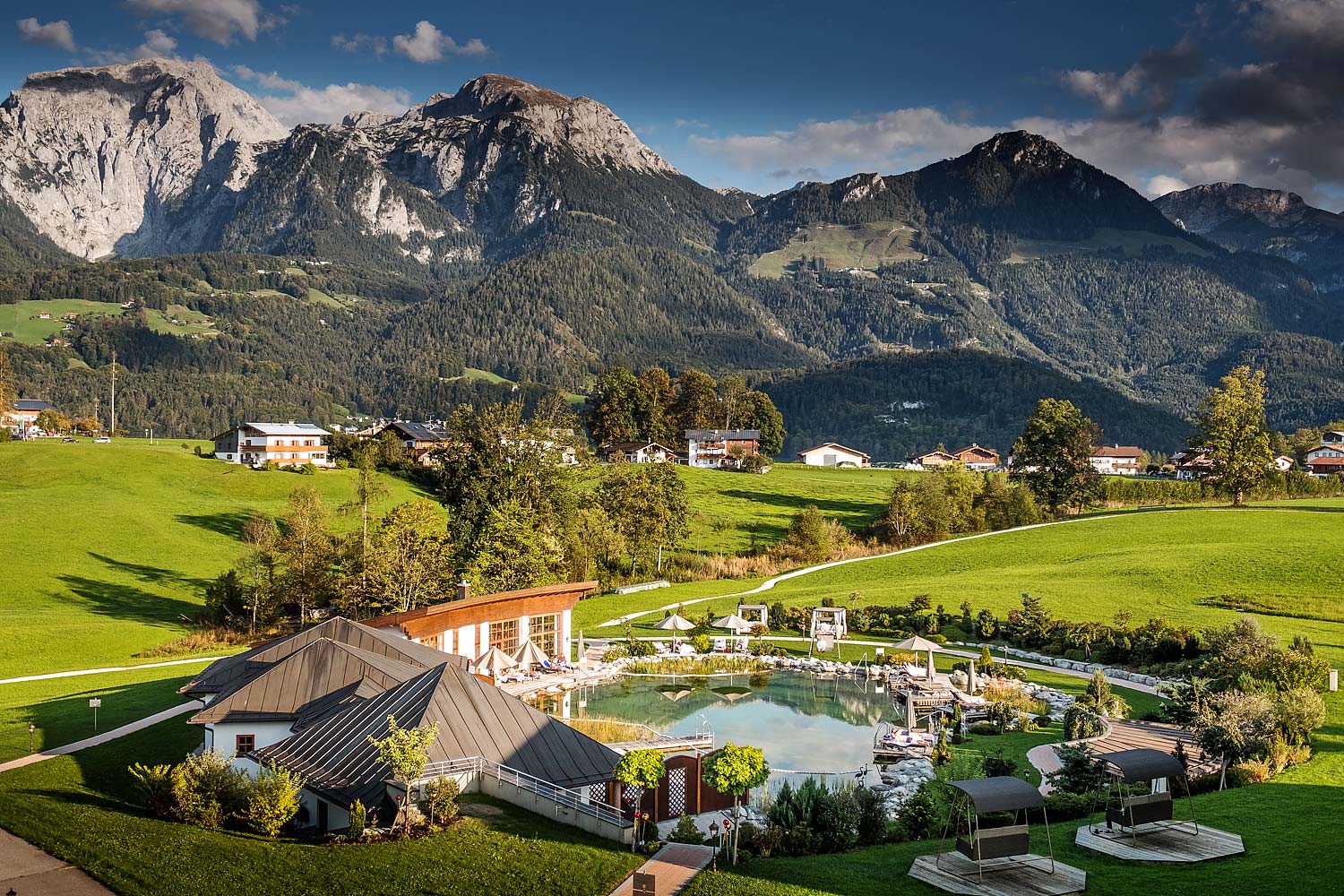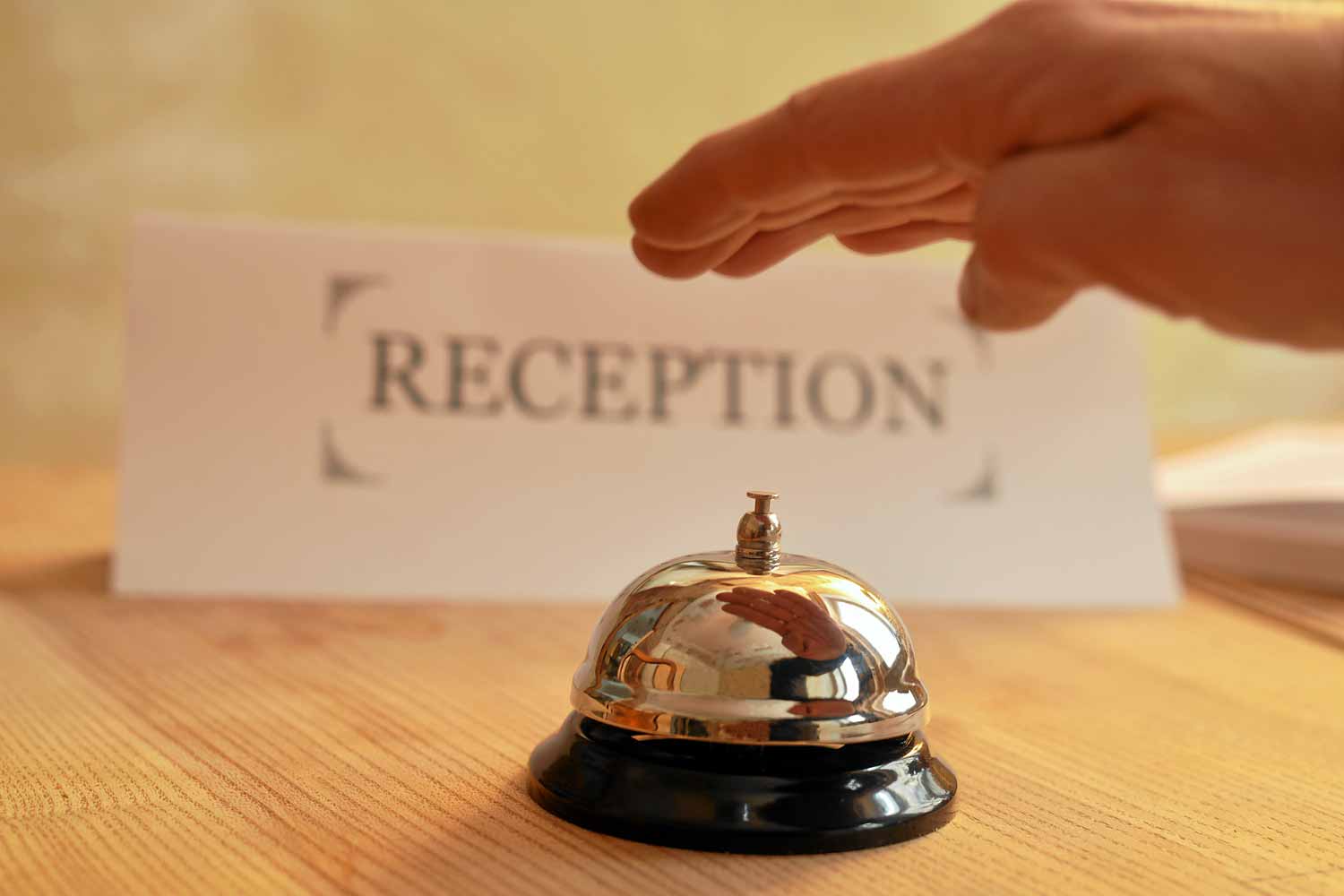In the southeastern corner of Bavaria we find the Berchtesgaden Land
The northern part is slightly hilly around Laufen andFreilassing and the southern district from Bad Reichenhall to Berchtesgaden is located in the Bavarian Alps. Here tourism and agriculture play an important role, in addition to a few medium-sized companies. The company “Reber” is located in Bad Reichenhall, they produce the famous Mozart balls and many other specialties, which are sold all over the world.
Salt mining is important in Berchtesgaden. The generated salt is simmered in the saline in Bad Reichenhall, together with the salt that is pumped up overthere. The Bad Reichenhaller salt is well-known far beyond the borders of Germany, as well as the typical Berchtesgaden woodcarving and chipboard boxes. Guests experience deeply rooted tradition and ancient customs: procession of palms on Palm Sunday, maypole set-up, mountain- alp- and traditional costume parties, pilgrimages, “Almabtrieb” (ceremonial driving down the cattle from the mountain pastures into the valley in autum), “Krampus and Buttenmandl”processions, Christmas- and New Year’s shooting.
